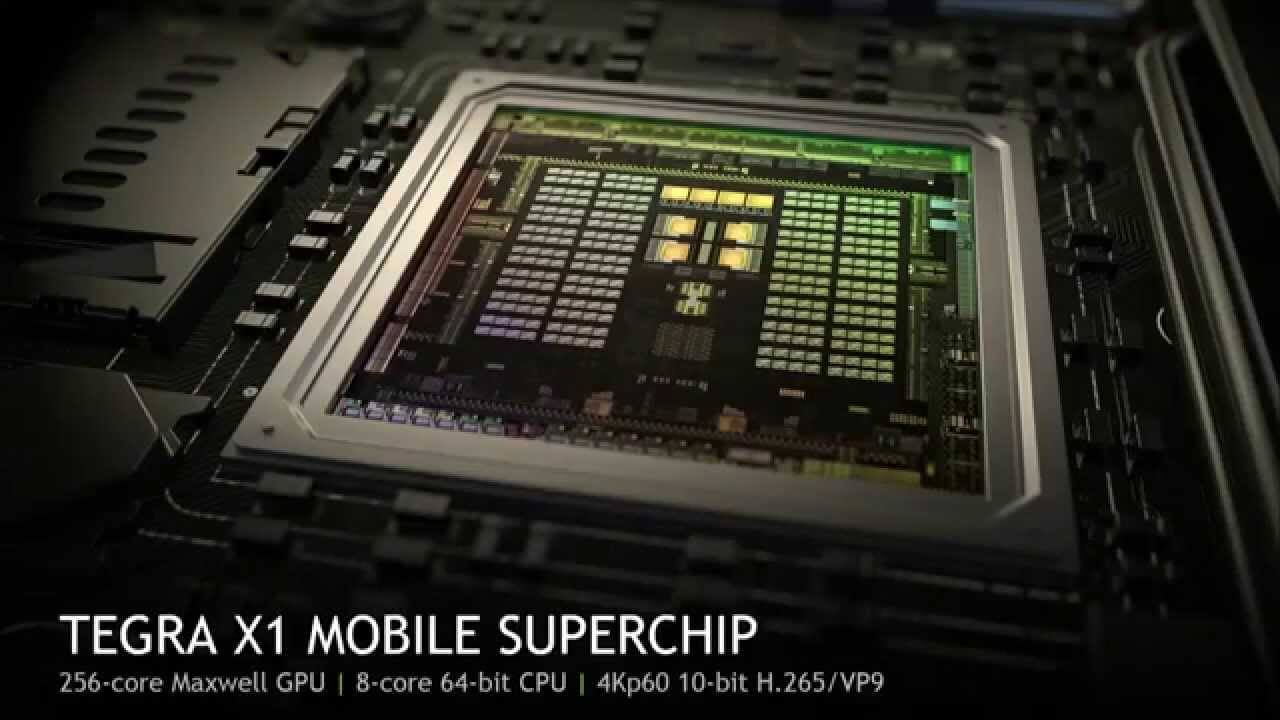Yeah, as was mentioned by
@fwd-bwd, we're not talking about some exotic storage method, we're talking about the removable card version of the storage solution used in half of the Android smartphones released in the past few years.
Also, there's no gambling here, there's already a market for UFS Cards and their readers, and it's the auto industry. Nvidia's Jetson AGX Xavier and up include a dedicated UPHY I/O lane (lane #9 in the Orin model, specifically) on the default carrier board, so auto makers can install on-board computer software and store black box data on a removable card. This option has been available to that industry since 2020 and no one would go through with adding an I/O option that won't be used by a sizeable part of their customers.
If Nintendo wants to do with UFS Card 3.0 what Sony did with DVD and Blu-Ray (make it mass marketable by providing one of the first major use cases for a new technology) but for a whole hell of a lot less R&D and manufacturing investment, who are we to say no? We can't lambast Nintendo for not being up on technology and then wince when it's suggested that they implement a functional technology that ticks every box (small form factor, fast read/write, rock-bottom power consumption, great price per GB for the consumer, royalty-free tech) to improve user experience for the better.






